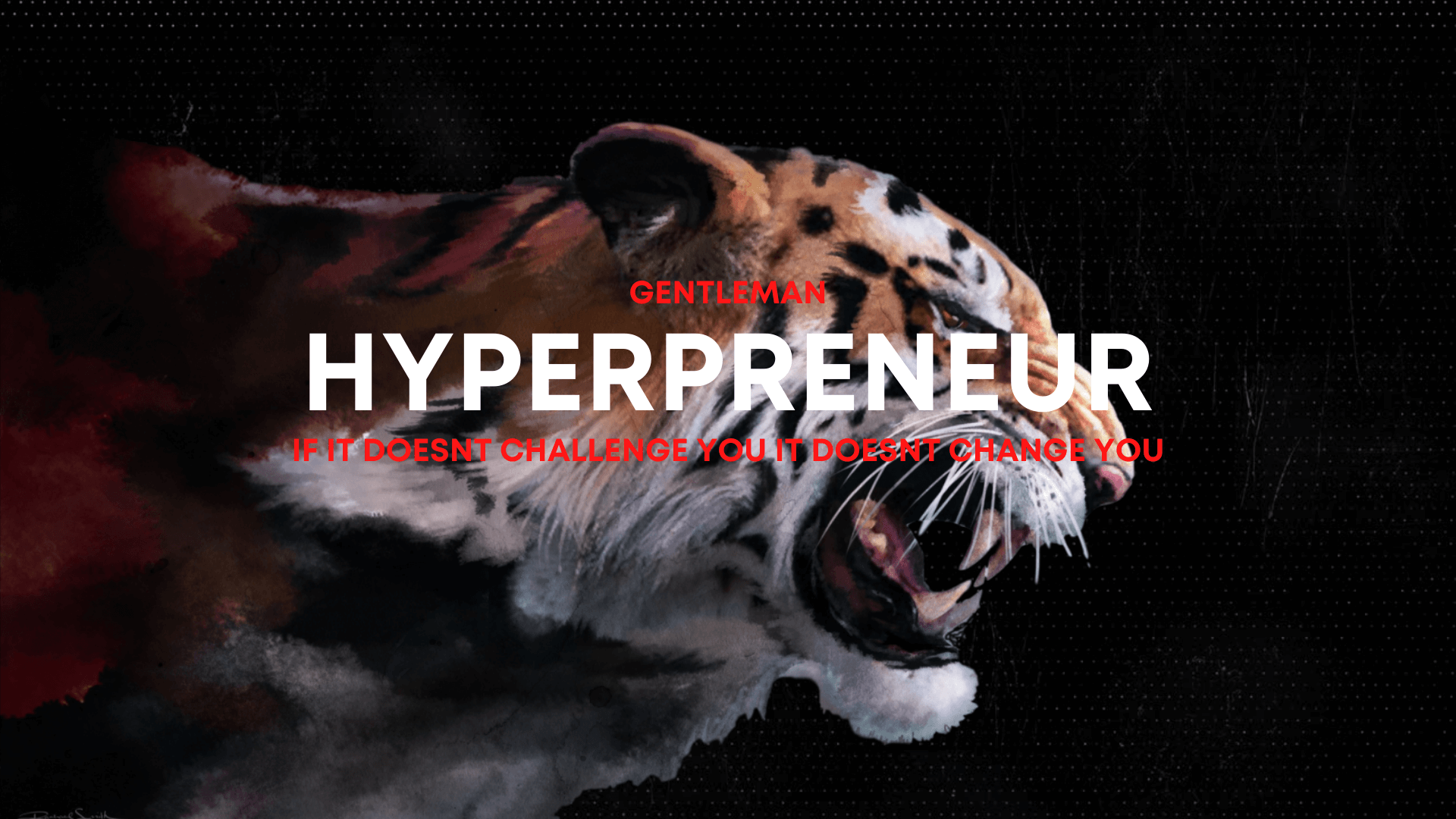Word Count:
1186
Summary:
Optimizing any web page involves both on-page and off-page optimization. Whereas on-page optimization emphasizes the use of carefully selected keywords to write a web page, off-page optimization is all about building links to the web page from other web pages as well as other websites. The leading search engines’ ranking algorithms have placed much importance on links that it is not possible to achieve a high-ranking based solely on competitive keywords.
Links
There are…
Keywords:
internet, SEO, Online Business
Optimizing any web page involves both on-page and off-page optimization. Whereas on-page optimization emphasizes the use of carefully selected keywords to write a web page, off-page optimization is all about building links to the web page from other web pages as well as other websites. The leading search engines’ ranking algorithms have placed much importance on links that it is not possible to achieve a high-ranking based solely on competitive keywords.
Links
There are two basic types of links used in websites. One is the navigational link which connects pages within a site. The other one is the hypertext link which offer parenthetical material, footnotes, digression or parallel themes that can serve to provide relevant information in relation to the main content of the page. Both types of links however, can be disruptive or problematic in the overall site design when not used in its proper context.
Links can distract attention especially if a paragraph or text is filled up with invitations to readers to proceed to other pages or sites. This threatens the smooth flow of content as readers jump from one page or site to another. The context of information can entirely be altered as readers find themselves in an unrelated territory without the benefit of any introduction or proper explanation.
The primary purpose of having links is the reinforcement of an author’s original message by providing a choice of connected materials. Links should be geared towards pointing to other resources within the site which uses related texts or visuals. A reader should be made clearly aware when he/she leaves one website and enters another through a link.
Good hypertext linking aims to maintain a site’s contact with its readers. A simple link will usually work within a single browser window where the original content disappears substituted by the linked page. This can be avoided by adding the TARGET = “main” argument to link tags. Through this, the linked page will appear in a new browser window in front of the original one which allows the reader to access the new material without losing visual contact with the original site. The use of frames is another way to maintain narrative and design context. Frames can be used to split the browser screen between site navigation and the material intended to be brought out.
Website navigational links can be provided through plain text links, JavaScript links, PHP links or graphical links. Plain text links are the easiest to implement and its use is recommended even if other link types are being used as a main navigational structure. All search engines are able to follow them although it can be very difficult to maintain them for websites that have more than 50 pages. Providing careful attention to website design can address problems associated with this. JavaScript navigation is used to build complex drop down menus for large websites. It offers the advantage of an almost effortless change procedure once it is implemented but it requires more knowledge and expertise to implement. However, this type of link is not followed by search engines hence the pages referenced by the said links may not be indexed without some other form of navigation provided.
Linking in Relation to Usability
Usability is the ability to successfully and confidently learn or complete a task with a reasonable amount of comfort provided to the end user. Usability in the eyes of a website designer or application developer is being able to design and build websites that can be understood and easy to use in accomplishing a task. It is essentially about meeting the needs of customers and anticipating their other needs to help them reach their goal through a website that is true to its own goal of providing the right information or at least access to it.
A usable website stands to reap the benefits of conversion and customer satisfaction. A website should be able to tell the reader what it is all about, what product or services are being offered and what procedural steps are being taken that will earn the trust of customers. Most importantly, it should be able to meet the needs of both humans as well as search engines. Both are intent on understanding a web page, knowing how to get to the next relevant page and being able to find that all important link. The information structure of a website should be construed in a way that would enhance the speed and understanding of it.
The priority of SEOs is to get clients’ web pages into search engines and directories as well as to have them ranked good enough to be found by end users. Marketing and usability should come hand in hand so that the site owner does not only have prime spots in search engines but also customer conversion as well. The ultimate challenge of any website developer is to be able to ultimately build sites for people and not for search engines only.
A link has two ends – the source anchor and the destination anchor. The term link however, usually refers to the source anchor while the destination anchor is called the link target. The most common link target is a URL (Uniform Resource Locator) used in the World Wide Web which can refer to a document such as a web page, other resource or to a position in a web page which is achieved by means of an HTML element.
Hyperlinks are usually displayed in a web browser by some distinguishing way such as a different color, font or style. The usage of a mouse cursor changing into a hand motif may also indicate a link in a graphical user interface. Links in most graphical web browsers are displayed as underlined blue text when not cached and underlined purple text when cached.
Having the right link in the right place at the right time and page is the dream of any website owner. Most pages have some type of main navigation to access major categories within the site. Another set of links pointing to things like a privacy policy may also be seen. Many sites use secondary navigation on pages within sections of the site. A different section may provide a different set of links in the secondary navigation which can be very helpful to users and search engines. The navigational links are often seen in a content-rich area on a page. It is very common to see links embedded within the text in the content area of web pages which is very advantageous from a search engine optimization point of view. One of the existing dangers of this practice is when these links are missed due to the reader’s natural tendency to just scan the pages due to time constraints. Embedded links should be placed within the content in a way that they can easily be seen. Having too many can make it very difficult to read the text on a page. Confine these kinds of links to the most important and outstanding links. The rest of the links can be placed in other critical parts of the page.
Eli Logan is an award winning entrepreneur with more than 15 years of experience emphasizing sales, marketing, and innovation in the Energy, Engineering, Transportation, Motorsports and Face To Face Marketing Industries. Eli is highly innovative with excellent relationship building skills as evidenced by the successful formation and operation of 24 business units resulting in 16.4 Billion in economic impact for his clients.

